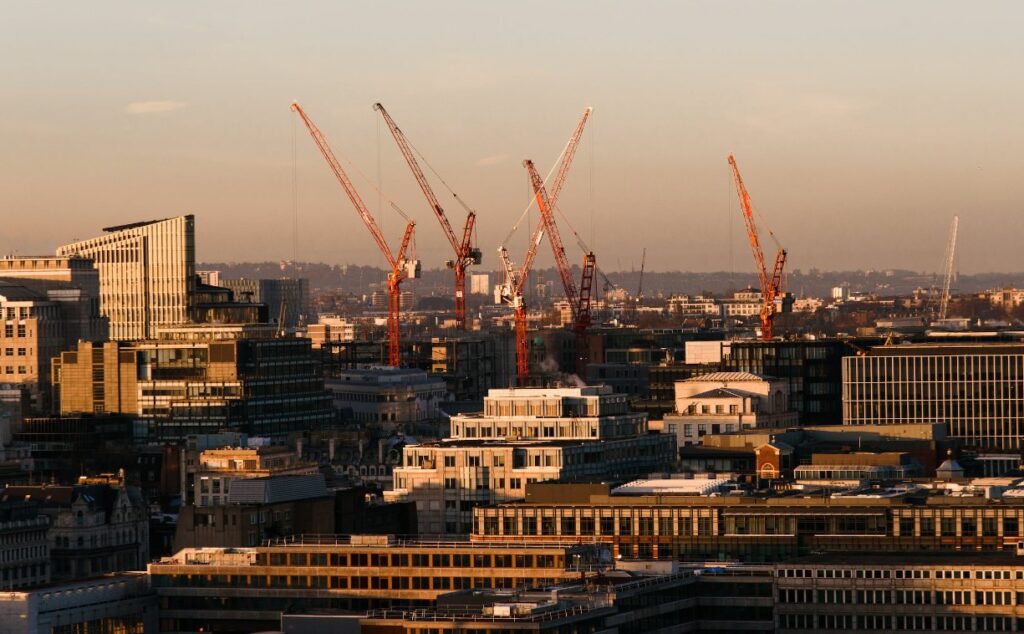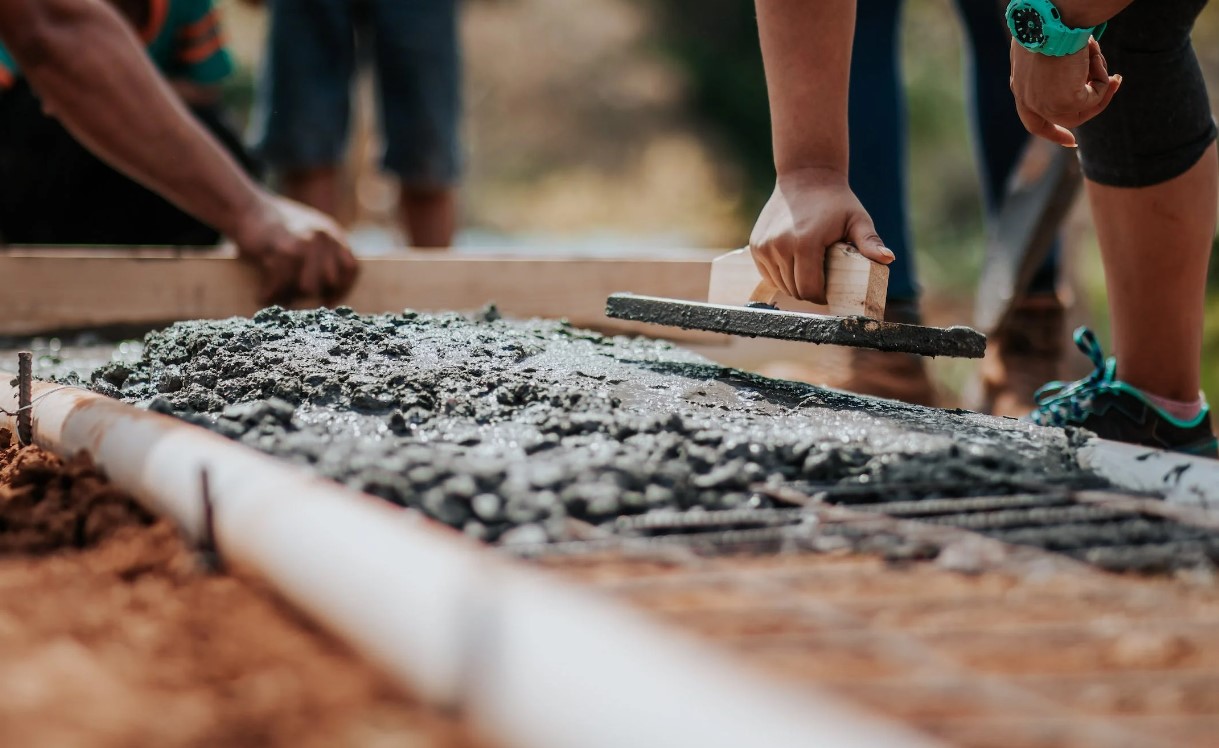Traditionally, the construction industry has always been deemed a dangerous profession to work in. During the nineteenth century, the lack of health and safety measures was apparent. It is estimated that for every mile of train track that was laid in the UK, 3 workers lost their lives. Similarly, the construction of Tower Bridge in the 8 years after 1886 led to 10 men losing their lives as they hand-fitted 2 million rivets. The introduction of the Health and Safety at Work Act in 1974 was the beginning of change.
There are always improvements being made in the industry to keep workers safe, however, and these continue to evolve to this day.
How safe is the construction industry now?
Although fatalities and injuries do still happen within the industry, there is an improvement that can be seen in the statistics. Data from the Health and Safety Executive show that the UK construction industry has one of the highest fatality rates and amount of work-related health issues compared to other industries.
In 2019-2020 there were 40 fatalities of workers on a job site, but this is lower than in 2018-2019 which sits at 44. When it comes to non-fatal injuries the same pattern is indicated. 2018-2019 indicated there were 81,000 instances, whereas the next year had figures of 79,000.

Although COVID disrupted the figures for the past couple of years, both of these figures have been steadily declining over the years and are now similar to data collected before the pandemic, indicating that the construction industry is getting safer.
What improvements have been made?
Since the introduction of the health and safety legislation, there have been various measures implemented. An increased importance on rigorous policies and procedures has been seen industry-wide which are aimed at protecting workers.
In 2015 the Construction (Design and Management) Regulations were introduced. Every construction project is now required to have a health and safety plan and a designated coordinator solely for health and safety. This helps to ensure that safety is paramount at every stage of construction.
Equipment
The technology behind tools and equipment is always evolving and improving, so being able to use the best has its advantages. For example, using Milwaukee toolboxes for storage means you can safely store and transport your tools rather than having them loose in your van.
Having access to equipment that is regularly serviced is another way to protect workers. By ensuring that any faults are identified and rectified quickly the risk of harm from a faulty piece of equipment is reduced. By aiming to have equipment serviced yearly you are creating a safe working environment.

PPE
Personal Protective Equipment (PPE) is now standard across the construction industry. This was not always the case as it was often under-provided or simply not a requirement.
There has been a development in wearable technology embedded in PPE. Depending on the role within the construction industry, these can be used to monitor a worker’s vital statistics, identify collisions and monitor workers who are working solo.



























